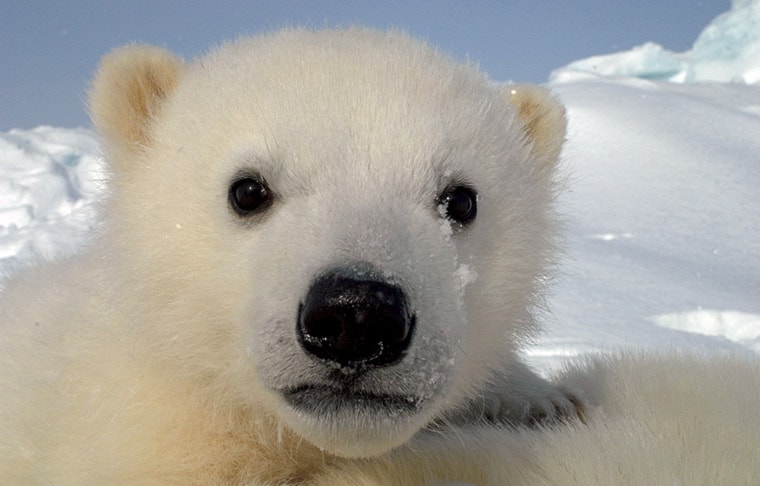By the end of this century most sea ice in the Canadian Arctic will be gone due to global warming along with most of Canada’s iconic polar bears, says a University of Alberta professor.
Dr. Andrew Derocher, who spoke about the bear’s future at Red Deer and District Museum on Sunday, said some of the 19 different populations of polar bears around the circumpolar arctic are already in trouble, including those at Hudson Bay near Churchill, Man. and in the southern Beaufort Sea off Nunavut and the Yukon.
“Even if we stopped using any carbon fuels today, we’re still not going to protect the polar bears in the Hudson Bay ecosystem.
“The trajectory is set now for many decades to come, if not hundreds of years to come, with just the current amount of carbon in the atmosphere,” said Derocher.
Derocher has over 30 years of field research experience in the Canadian Arctic, western Russia, and islands off Norway.
He said the only remnant of sea ice will be the very high reach of the Canadian Arctic Archipelago and northern Greenland and then it will be a question of whether that small population has bears viable enough to reproduce to sustain the species until humans hopefully get greenhouse gases under control so the planet can start to cool down again.
Right now about 20,000 to 25,000 polar bears exist globally, which is more than there were 30 years ago, but when sea ice is gone, so are the seals that polar bears hunt, he said.
“It’s very much like when we look at species in the tropics in the Amazon Rainforest. We know if we cut down the Amazon Rainforest, the species that depend on those habitats will disappear. It’s no different for polar bears.”
Other threats also exist.
“There are very high levels of pollution in every polar bear in the Arctic. So high that for other species at this pollution level, they would have stopped reproducing already. These are long distance, transported pollutants and these are industrial chemicals, agricultural chemicals, that basically bounce their way up to the Arctic and then end up getting into the marine food chain.”
He said rising mercury levels in some parts of the Arctic tied to coal burning is a concern along with potential spills from offshore oil and gas development and an increase in shipping traffic. Population decline of polar bears has led to a jump in the price of their hides which makes excessive hunting an issue.
But climate change remains the single biggest threat to their survival, Derocher said.
“My guess is as the science becomes clear and the solutions become more viable — basically technological solutions to get us away from the reliance on greenhouse gas producing hydrocarbons — we’ll probably see changes. The question is will we change in time to slow or reduce the amount of warming or not.
“I’m absolutely convinced we can do it. We’re not going to stop using fossil fuels and we’re not going to stop developing the oil sands. But down the road we have to find ways to use those resources more wisely and greatly reduce our carbon footprint and there are lots of ways to do that.”
People’s enthusiasm to protect the polar bear could help encourage them to combat global warming. Canadians, in particular, do take pride in the bears that Derocher calls “the original beauty and the beast.”
“There is this sort of attraction that we have. They are sort of this drop-dead gorgeous animal. At the same time we know that they are dangerous.”
Polar bears have almost a mystical allure for people and their image is everywhere — from toys to logos to the Toonie, Derocher said.
“Most people do think of Canada as sort of a polar bear nation and we actually have about two-thirds of the world’s polar bears under our jurisdiction.”
szielinski@www.reddeeradvocate.com
